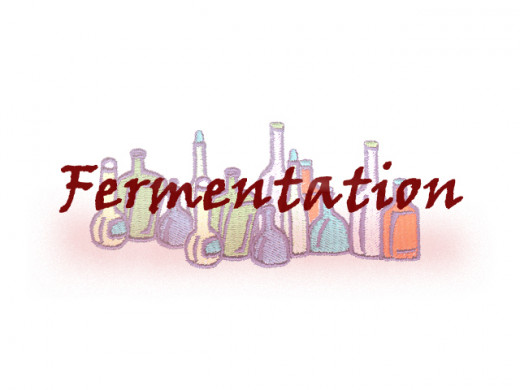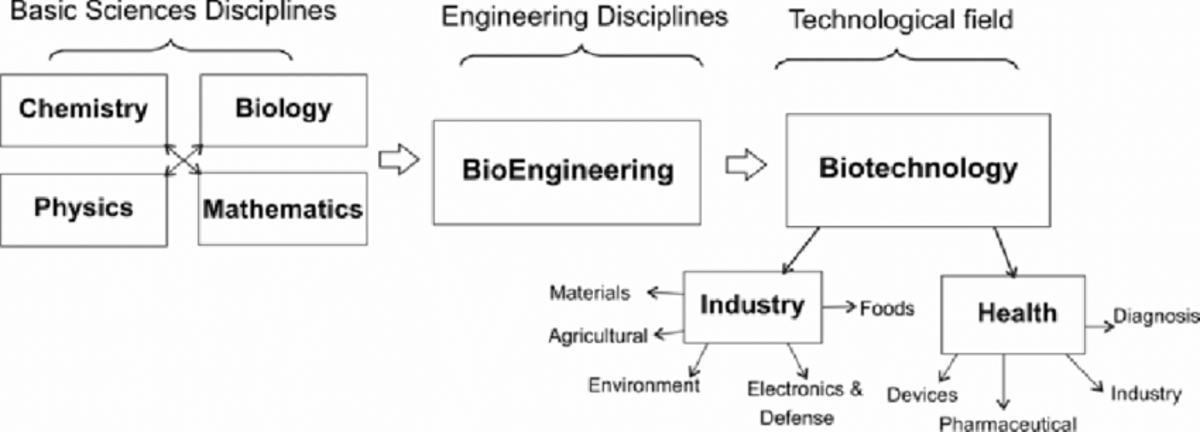What is Fermentation

Fermentation is the oldest of all the biological processes. The term fermentation was derived from latin word FEVERE which means to boil with foam. Fermentation can be defined as a process of chemical change caused by micro organisms or their products usually producing effervescence.
Microbiologists consider fermentation as;
“Any process for production of a product by means of mass culture of micro organisms”.
According to Biochemists;
“Fermentation is an energy generating process where organic compounds act as both electron donors and acceptors”.
Thus, fermentation according to biochemists is an anaerobic process. In general, microbiologists’ view of fermentation is widely accepted.
Today fermentation technology is considered as indispensable part of human life. Many products of day to day human life are being produced by fermentation. Today many industries ranging from distilleries to food processing employ fermentation as an important process. Antibiotics, alcohols, amino acids, vitamins, organic acids are the most important fermentation products. Many human proteins of pharmaceutical value like blood clotting factors, insulin, growth hormone and interferon are also developed through fermentation. In addition, recombinant vaccines are produced by the process of fermentation.
History of Fermentation Development
Fermentation is the oldest of all biotechnological processes. It is defined as a process of production of useful products by mass culture of microbes. Fermentation had been in use from the ancient times. Even though the principles of fermentation were not known, people used fermentation from the ancient times. There are evidences of alcohol and the other beverages production as well as bread by fermentation during 8000 BC itself. In 8000 BC, people living in East Africa, close to Nile used to produce 6 types of beers. In China, by 3000 BC fermented soybean was used to treat skin diseases. Even evidence dated back to 220 BC show that Chinese used fermented tea as a medicine for many diseases. Soma and Sura drinks of Vedic times were also fermented beverages. In medieval times many people tried to understand the process behind the spoiling of fruit juices. In 1707, Berzelius, the famous chemist considered the fermentation was caused by factors called ferments. But, he could not elaborate what exactly they are.
Man started knowing the scientific basis of fermentation from middle of the 19th century. In 1854, Louis Pasteur of France has identified that yeast, a unicellular fungus was responsible for fermentation. His experiments were based on previous studies carried out by Theodore Schwann. In 1840s, Louis Pasteur found that alcohol production by fermentation was due to the action of yeast. He suggest that better quality wine can be produced by sterilized fruit juice first and the carefully fermenting it with a selected microbe. In 1857, he discovered the bacterium lactobacillus which produces lactic acid.
In 1896, Edward Buchner discovered that it was not yeast cell, but something in yeast, which was responsible for fermentation. He got Nobel prize for this in 1907. Later, Kuhne carried the term enzyme for the yeast principle of Buchner. In 1881, Robert Koch developed a technique of growing micro organisms on solidified nutrient medium. In 1926, J.B. Sumner had discovered that enzymes are chemically protein in nature. He showed that urease extracted from Jack Bean is chemically a protein. Later, in 1930s, Northrop also proved that enzymes are chemically protein. He established that trypsin and chymotrypsin are chemically proteins.
In 1929, Arthur Harden and Hans Uler Chaplin showed how enzymes carried out fermentation process. In 1930, two German biochemists, Emden and Meyerhof identified that 12 chemical reactions are responsible for formation of ethanol from glucose. In 1929, Alexander Fleming discovered the first antibiotic penicillin. In 1940, E. Chain and H. Flores produced penicillin for the first time by fermentation. In 1944, Beczee and Libmann set up a large fermentor of more than 20 liters capacity. The first fermentor in India has been setup in 1950 at Hindustan Antibiotics Ltd., Pune. Today fermentation is widely employed in the world for a variety of products.
Requirements of Fermentation
Suitable Micro-organism: Several species of microbes both prokaryotic and eukaryotic are required in fermentation process. The prokaryotes include bacteria and cyanobacteria, whereas eukaryote include unicellular and multi cellular fungi.
Example: Lactobacillus, a bacterium for the production of lactic acid. Yeast, a fungus for the production of alcohol.
Nutrient medium: The nutrient medium is a source of macro and micro nutrient required for the growth of selected microbes. The nutrient medium is prepared by dissolving both macro and micro nutrients in distilled water. The nutrients mostly include carbon sources like different sugars (glucose, lactose, fats). Nitrogen sources like proteins, urea, ammonia nitrates. Whereas phosphates are sources of phosphorus. The nutrient medium should be sterilized.
Fermentor: The setup used to carry out fermentation is known as fermentor. The fermentors vary from lab experimental models to industrial models of thousands of liters of capacity. The function of fermentor can be improved by attaching many other instruments like thermostat which helps in temperature regulation, aerator which provides oxygen, stirrer which helps in agitating the medium and the PH detector which helps in maintaining the PH of the medium.
Process of Fermentation
The following are the steps involved in the process of fermentation;
- Selection of a suitable microbial species that produces the desired product in maximum quantity by growing at a faster rate.
- Preparation of the nutrient medium by dissolving nutrients required for the growth of the selected micro organism.
- The PH of the nutrient medium shall be adjusted to suit the growing condition of the microbe.
- The nutrient medium is later sterilized so as to eliminate the growth of unwanted microbes.
- The actively growing microbial culture be later introduced into the nutrient medium. This is called Inoculation.
- The inoculated microbial culture shall be allowed to grow at specific temperature for a specific period of time. Immediately after inoculation, there is a period of adaptation called lag phase. Following lag phase, the rate of growth of organism steadily increases for certain period, known as exponential phase or log phase. After this the rate of growth decreases in a phase known as deceleration phase.
- At this stage, fermentation should be stopped. The microbial culture is generally lysed to obtain the desired product. This is called Recovery.
Products of Fermentation
The fermentation products that one involved directly in the microbial metabolism are primary metabolites. They are amino acids, vitamins, alcohols and organic acid. The phase of micro orbital growth during which the primary metabolites are produced is known as trophophase.
The products of fermentation are secondary metabolites. They are those products that have role in the microbial metabolism. Antibiotics are good example of secondary metabolites. They are produced in the microbe, but are released outside.









